-
Posts
728 -
Joined
-
Last visited
-
Days Won
22
Posts posted by Galway Girl
-
-
This is an excerpt from our post on upgrading to Lithionics on hull 505.Origin was from a discussion with Jason Essary in Oliver Service.
https://4-ever-hitched.com/ggs-blog/f/lithium-battery-upgrade
Step 7;
Disable the 7 Pin Charge Line:
We will be installing a new DC/DC charger into our Oliver EII. But before we do that install we need to disable the current charging wire that runs from the 7 pin cable on the tongue of the Oliver. That 7 pin connector is the one that plugs into the back of the truck for lights, brake lights, emergency brake power.
Inside the 7 pin cable there is a BLACK wire that provides 12V (B+ ) from the truck battery/alternator B+ all the way back through the trailer, through a 20A breaker and back to the batteries via the 12V Bus bar in the trailer.
We will not be using that (Black) charge line for the trailer an longer.
We disabled that line on the 7 pin connector by putting heat shrink coating over the screw terminal on the black B+ wire conductor and also taping up the screw lead the body. We reassembled the conductor and tested that no 12V was present on the wires inside the trailer.

Wiring Digram for Oliver EII 7 Pin
To disable the Charge Wire (BLACK) from the 7 pin, remove the cover and disconnect the wire from the connector by taping up the wire and putting it back inside the cover. Don't cut the wire in case you need to use it in the future.

7 Pin Connector from Trailer
Craig Short
Hull 505
-
 1
1
-
 4
4
-
-
Originally I mounted in back of closet and it was hard to reach.
I moved it to the outside of the closet door just below fire extinguisher mounted with double stick Velcro.
I can reach it while standing outside with the door open to turn on/off when setting up camp. I can pull off easily to change batteries.
-
 1
1
-
 3
3
-
-
@Galway Girl I see you have some sort of red lock-down screw thingy protecting your propane tanks. Do you have more info on that?
Forklift tank lock from etrailer.
there are other less expensive solutions on Amazon.
-
As the previous person said…sept to mid October is perfect time.
Our blog exists outside of facebook here on our own domain:
Craig
-
 3
3
-
-
Hull 607 and 505 Re-unite at a historic marker.
We were on the eastern slope of the Cascade Range, stopped at a historic roadside for lunch...when another Oliver pulls up beside us.
To our surprise Paul and Hull 607 (who we showed our Oliver to as a prospective customer) dropped in. Paul was coming down from Lake Conconully SP and we were on our way to the same park.Small world.
-
 8
8
-
 1
1
-
-
Saw the post on QST Mag.
KI7SXN checking in from Everett Wa.
C. Short
Hull 505 - Galway Girl
-
 3
3
-
-
17 hours ago, ScubaRx said:
What time of the year are you planning on having it?
May… or Early June
I know the big rally is in May but not sure when next year.
Next August we head up to Nova Scotia from Wa. So if we’re involved it would need to be May or June and planned a year out.
-
 1
1
-
-
Just taking temperature of those going to the rally this month on possible NWrally sites.
Maryhill State Park could be a spot for a NW Oliver Rally.
The local Airstream club is here this weekend. >20 group campsites.
Maryhill SP is on Columbia River just North of I84 in Oregon.
A bit tight in group sites as they have setup but nice covered facilities for events.
Another alternative would be Rasar State Park on the N Cascades Highway.
Any interest for next year let us know.
Craig -Hull 505
-
 3
3
-
-
Here's the link to the load PSE/Load tire inflation chart for those Michelin Agilis Cross Climates
https://tirepressure.com/lt225-75r16-tire-pressure
Agilis Loading Table:
The Agilis has a bit higher payloads in the table than the original Michelin LTX M/S that came on my 2019...so they could be a good replacement.
Thanks for your posts.
Craig
-
 3
3
-
-
-
Blast those modifications that the factory makes at times.
Sorry to hear that you found out the bearings were wrong.
That's a nightmare.
Guess the silver lining is that your trailer has heavy duty parts.\\\\ For those with 3500lb axles read on ////
A way to save time (and $ over timken) on standard 3500# axles.
Dexter (and eTrailer) both sell complete pre-greased hubs with new bearings / seals and caps for many of the dexter hubs for about $95 each. When compared to new timken bearings and seals this is a pretty good value.
https://www.dexteraxle.com/results/184/pre-greased-hubsI found this out after I spent several hundred dollars for 4 sets of genuine timken bearings, races and seals.
The Dexter Pre-greased-hub likely has the Chinese bearings that come from the dexter factory.
That said, you would be amazed at how fast it makes the service, when you have all the parts pre greased and pre-installed capped off ready for installation.Again...this may not work for your particular Oliver trailer, as hubs and axles are known to have been swapped a bit by Oliver in the manufacturing process.
One sure way is to check the label on the axle and then confirm parts with Dexter online.
Here's the label for our 3500# axles on Hull 505 made in 2019.
Size of Hub and depth 4 (backing bolts) RACES DEXTER BEARING TIMKEN BEARING/RACE Applies TO:

Timken Parts needed for each end of each axle.
4 each are needed to do the trailer.Item QTY PN
Timken seal, 4 473336……or you can use a National seal....Or SKF 17144
Timken Set 17. 4 L68111 (inner race cup) and L68149 for the inner bearing (Cone)
Timken Set 4, 4 L44649 (outer race cup) and L44610 for the outer bearing (Cone)
Timken Seal Dimensions for 3.5K hubs.
Shaft Size
1.718 in
43.637 mm
Outer Diameter
2.565 in
65.151 mm
Overall Width
0.5 in
12.7 mm
Housing Bore
2.561 in
65.049 mm
Brakes - Maybe buy the whole assembly.
Our trailer has about 35K miles on it and the brakes still have plenty of life left. What I learned is that tearing down a self adjusting
brake set is a pain. So I've decided if I ever need to repair/replace the electric brakes, I'll purchase them as a complete assembly as well.
The assembly includes a new backing plate, all mounting bolts/nuts, the new magnet, new brake shoes all pre-mounted.This makes it a snap to quickly replace a bad brake assembly.
Unbolt the old assembly removing 4 bolts, cut the 12v wires (make sure to disconnect batteries first).
Then bolt back on the new assembly and connect the two 12v wires.
DEPENDING on your trailer/part they are about $90-$100 per assembly from E-Trailer or Dexter online.
The part number can also be referenced as Dexter 23-469 for the right side and 23-468 for the left side.


http://www.dexterpartsonline.com/page/399600496
C Short
-
 2
2
-
 1
1
-
-
From Michelin Service Site for those owners with Michelin Tires.
———////——-////——-///
A few milestones and tips:
1. Keep five years in mind
After five years or more in use, your tires should be thoroughly inspected at least once per year by a professional.
2. Ten years is a maximum
If the tires haven't been replaced 10 years after their date of manufacture, as a precaution, Michelin recommends replacing them with new tires. Even if they appear to be in usable condition and have not worn down to the tread wear indicator. This applies to spare tires as well.
-
 1
1
-
 5
5
-
-
I believe you have the 3000 Watt Xantrex Pro Charger with that package.
The OUTPUT Current for charging is user selectable from 5 to 150 Amps.
If you are running on Shore Power/30A connection then this setting is usually set for 150Amps.
If you are running connected to a generator (not shore power) then what it delivers will depend upon the power output available from the generator.-
 1
1
-
 4
4
-
-
Maybe give the threads a shot of WD-40 Brand Dry Lube with Teflon.
That makes them a bit easier to thread on and off.I was thinking about going the other way, to one with tabs...as they may be easier to open ....but will not do that after seeing your post.
CS
-
 2
2
-
-
Updated to "FREE" except shipping.
-
Essentially Free - but I would like at least cover shipping costs to your location.
I have a "like new" pair of snap on extension mirrors for our 2018 F150 which we later sold when we upgraded to an F350.
If you want these - private message me to exchange details.
C. Short - Hull 505
Pair of Snap & Zaps in case:
2018 F150 Mirror - without snap on mirror.
2018 with Snap ON Mirror Added - has window for puddle lights to shine through.
2018 With Snap On Mirror - adds the extra adjustable outside mirror.
-
Ours sometimes smells as well. We've not seen any leaks in the system so I'll be following to see if you learn something new.
CS-
 2
2
-
-
Just for grins I ordered 4 "Timken" 477336 seals that are shipped directly from Amazon.
That I received was this....one orange marked TIMKEN on the rubber but no stamps on metal (Box said Made in Taiwan) ...and 3 red stamped NATIONAL 477336. (Box Said Made in Mexico).
(All are going back to Amazon with a return note about counterfeit items they are shipping.)
I've also ordered from my local shop the same seals and I'll see what turns up.CS
-
 1
1
-
-
38 minutes ago, Geronimo John said:
Questions:
A. When on Shore Power OR running our Honda, is it advisable to use the Progressive Dynamics 4060 converter and solar suit cases at the same time?
B. The Battleborns collectively can charge at up to 300 amps. Our total max possible charge capability is 102 amps (PD 4060 = 60 amps, DC to DC 30 Amps and Solar Suit Case effectively 12 Amps). There have been a time or two when we were in a jamb for time and I really wanted to maximize charging our batteries: Is it advisable to fire off all of the systems simultaneously? If not, which should I safely only use?
A. The PD4060 charger is a smart sensing charger it will know when the battery is full and shut off charging and stay in storage mode.
"The built-in Charge Wizard automatically selects one of four operating modes: BOOST, NORMAL, STORAGE, DESULFATION."
It's likely your solar suitcase charge controller also is smart and senses when to stop or turn into trickle charge mode.
Given those two constraints you're OK running both together.
In our Hull 505 we don't have a solar cutoff switch so we always are having solar and shore power at the same time and have never had a overcharging issue. (We have changed Hull 505 from the PD4XXX series charge/converter to the Xantrex 2000W inverter.)B. I think the only way you'll do all 3 charging sources is if your truck is hooked up to your trailer and running, at the same time you're hooked up to either a generator / or / shore power...and of course solar. If you did that all at the same time and each leg is fused properly and each leg has a SMART charger that sense the battery level and shut down charging to trickle only once charged you'll be ok.
Craig
-
 4
4
-
-
4 hours ago, Ollie-Haus said:
solar/lithium system on my truck for the portable cooler
Here's our install blog on that very set of topics.
I installed the batteries and a Redarc DC/DC Converter in the bed of the truck for that ARB Fridge Battery. (I also put a DC/DC converter in the Oliver as well to feed the 630AH Lithionics Pair.Here's two describing the install of Batteries and Redarc DC/DC converter for fridge and some added things for longer stays.
The Redarc can serve as your solar controller as well as the charger while driving.https://4-ever-hitched.com/ggs-blog/f/power-for-the-arb-fridge
https://4-ever-hitched.com/ggs-blog/f/truck-modifications-for-long-trips
This post is on the upgrade to dual Lithionics 315gtx and the Victron DC/DC charger inside the Oliver to charge Lithionics while towing.
https://4-ever-hitched.com/ggs-blog/f/lithium-battery-upgrade
Cheers:
Craig
Hull 505 - Galway Girl
-
 1
1
-
 1
1
-
-
Found this particular 5/16" ID grommet fit perfectly in my bracket.
It's designed for a 7/16" holder hole. (Groove)You can buy this at most ACE HW and also from Zoro online.
The grommet hole of 5/16" is big enough to securely hold the latch but not so hard to push the latch into the hole.
When I tried the earlier listed 1/4" ID grommet it was simply too tight. The latch would try to push the grommet out when inserting.Again...your holder may be different.
Anyone want 99 , 1/4" grommets ...let me know.
Craig - Hull 505
-
 2
2
-
 2
2
-
-
Steve,
I have an Oliver in which we updated to the two large Lithionics (630AH).
In our hull 505 we have the older on board Zamp Controller. Since it too is not connected to the external ramp plug, I simply plug my extra panels into that Zamp plug for the extra solar boost.The battery itself has smart charge sensors built so it accepts the charge from those two solar sources running in parallel.
Maybe you can simply just find your additional panels and external outdoor controller and you'll be set.
Here's the article from our blog on my build out of the external solar setup:
https://4-ever-hitched.com/ggs-blog/f/here-comes-the-sun
Craig
Hull 505-
 1
1
-
-
Mark,
Welcome to Oliver ownership and the forum.
For your truck specifics, look at the RECEIVER of your F150 Hitch for a Rating Sticker.
The one below is from a 2018 F150 with max tow package.
It shows two sets of numbers,
Weight Distributing: States max trailer weight and max tongue weight for the hitch if you are using a weight distribution trailer hitch (like the Anderson used on Olivers). In this case 12,200 lb trailer and 1,220 lbs direct downward force of tongue weight. An Elite II full of food and gear weighs between 5500-6500 lbs. The tongue weight is about 10% of that and can range from 525-700 lbs depending on how you've loaded the trailer. (10% of Trailer Wt calculated as tongue weight is a goal for a very stable tow with the Oliver Elite II)Weight Carrying: States the max trailer weight when you are NOT using a weight distribution hitch. This is just dropping a trailer on the ball and driving away. Note it's set to a 5000 lb trailer (like the Elite single axle) and 500lb's max tongue weight.
Most of the time you'll find that a loaded Oliver Elite II will have greater than a 500lb tongue weight. (Ours runs in the 620+ range because we have a front basked full of gear.
Implication:
If you have an F150 with these receiver ratings, you should be using a weight distributing Anderson hitch with your Oliver Elite II for safety purposes.Hull 505
Galway Girl
Craig Short
-
 2
2
-
 2
2
-
-
A while back I was trying to understand one key factor in towing, that is Vehicle Payload.
For Ford Truck's I went around to dealers lots and looked at stickers on the door for various configurations.
The ones shown below are all 4x4's but notice how starting at the Left, the F150 King Ranch has much lower payload than a more stripped down F150 XLT. This payload decreased with increasing luxury happens in all truck lines.When we started with our new Oliver Elite II , we had a 2018 F150 3.5 Ecoboost King Ranch Crew Cab 4x4... and it had a payload of 1557 lbs. What we found was after loading bikes, BBQ, camp gear and then added on the trailer tongue weight, we were always at or slightly above the payload limit . We would go to the scales often to double check weights.
On one rather interesting 10% downhill grade in the mountains of Idaho, my wife turned to me and said...do we need a bigger truck. It feels like we're getting pushed by the trailer. Indeed the trailer and truck weights were very close to each other.That fall we moved forward in search of heavier diesel truck, and in our case chose an F350 with the 3440 Lb payload.
I love the downhill compression braking capabilities and the stability of this truck and trailer in mountains. We don't get pushed around on the freeways either. We have all the payload and tongue capacity so we no longer need the Anderson hitch. (Which is sometimes difficult to get re-attached when at odd angles.)
In any case...good luck making a choice. Pay particular attention to your style of driving, regions you'll cover (mountains in particular) and how much gear you want to take along as you make a truck selection.
It's important to look at truck Payload as a key indicator of how comfortable your drive will be while towing the Oliver.
CS
-
 1
1
-
 4
4
-






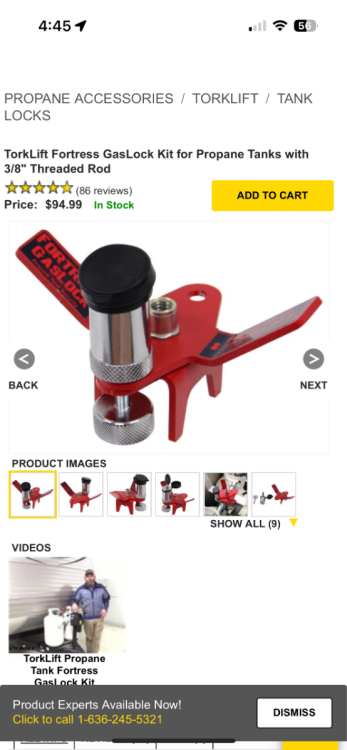
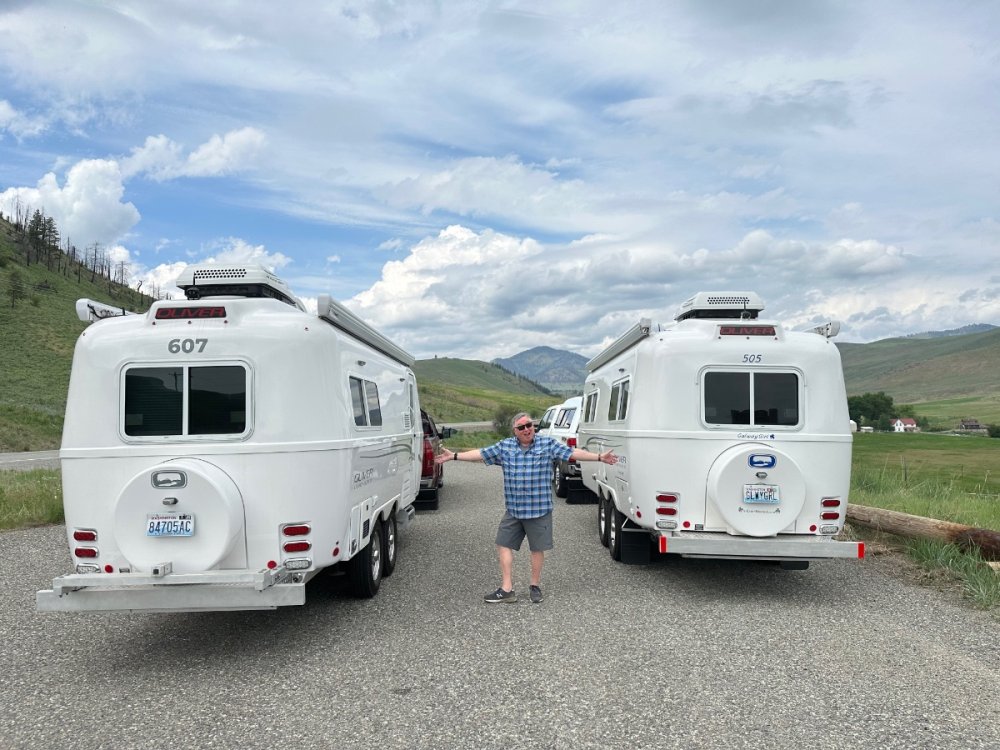

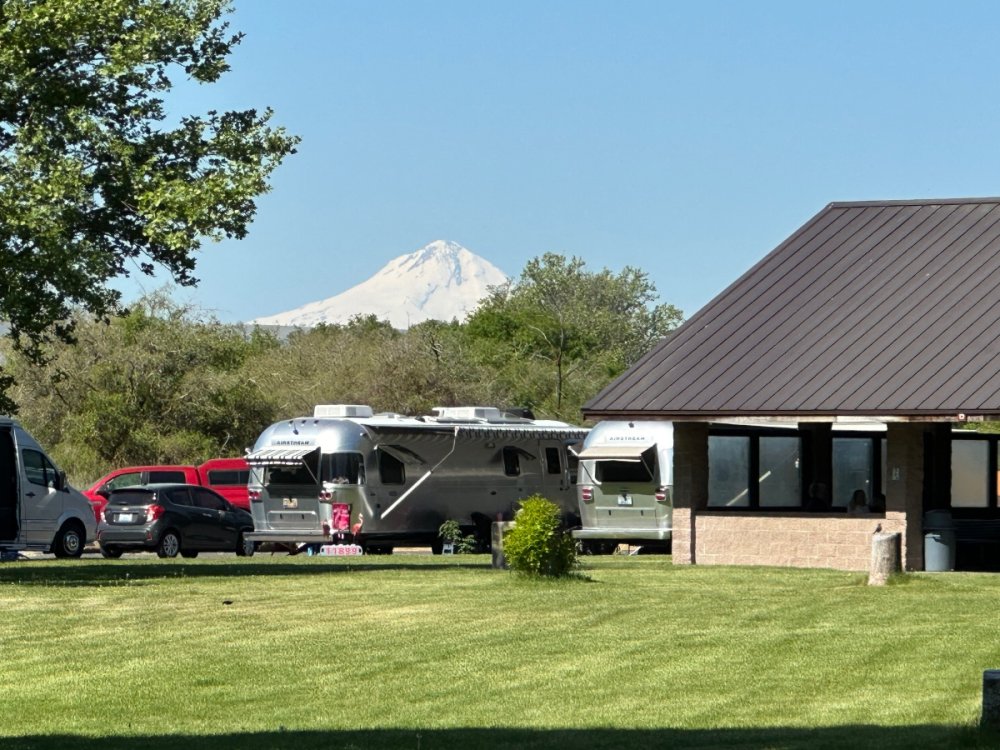

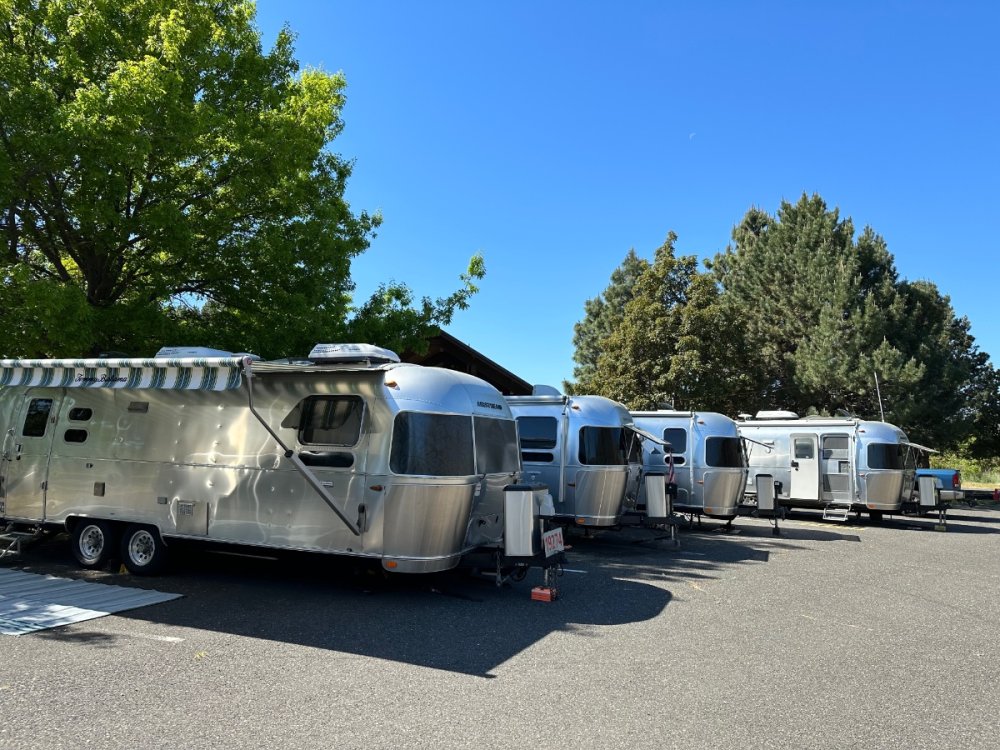









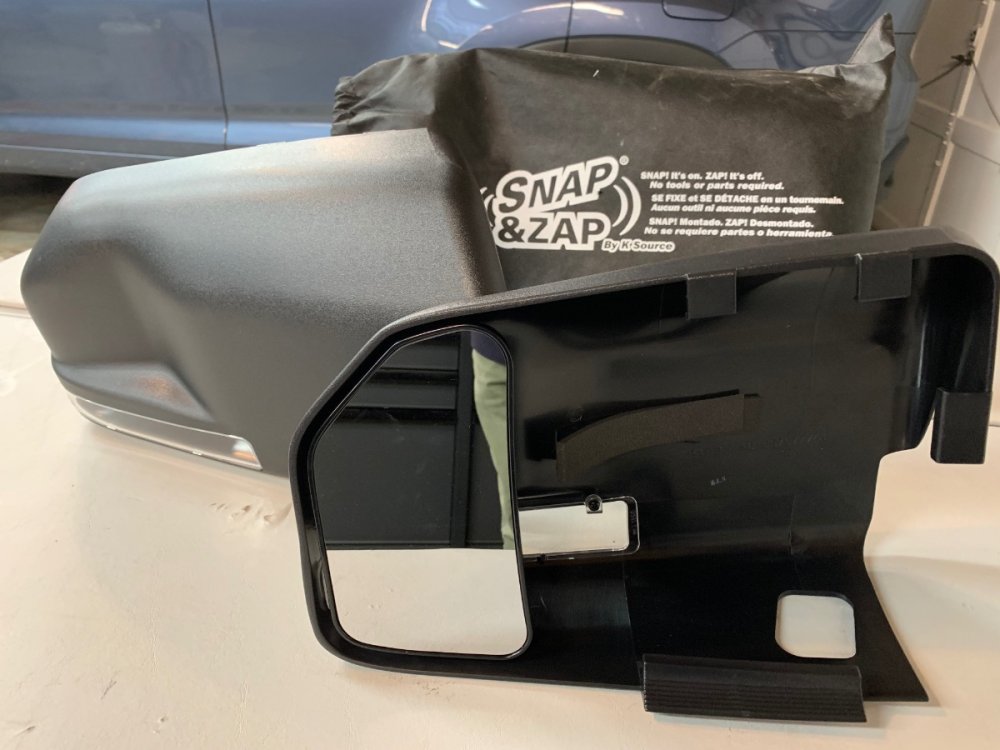
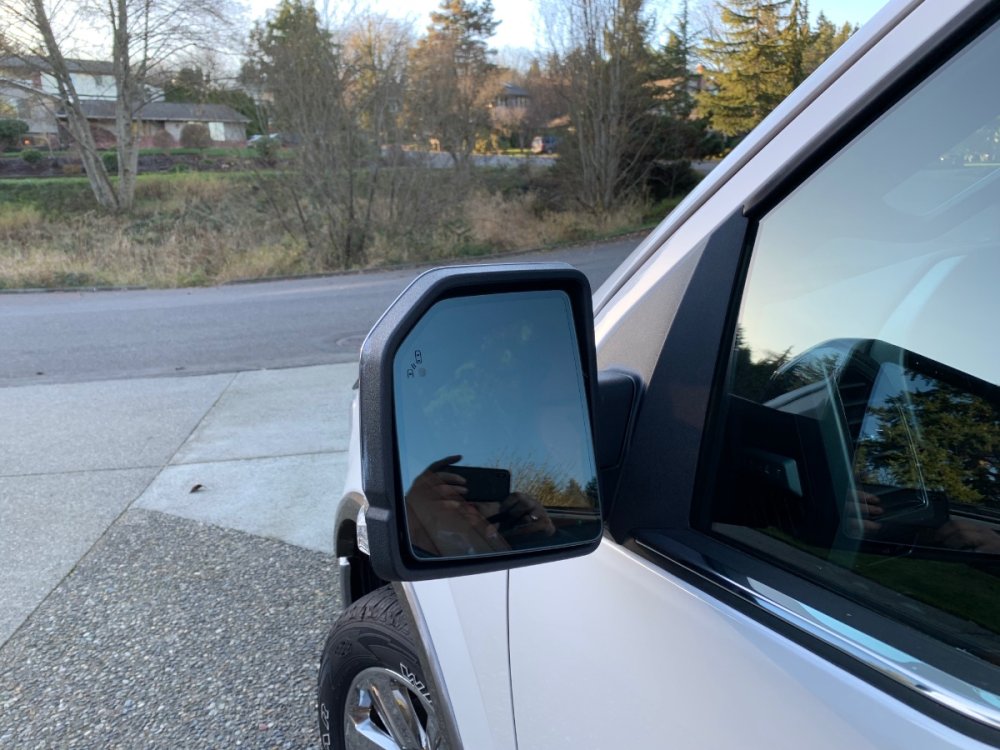
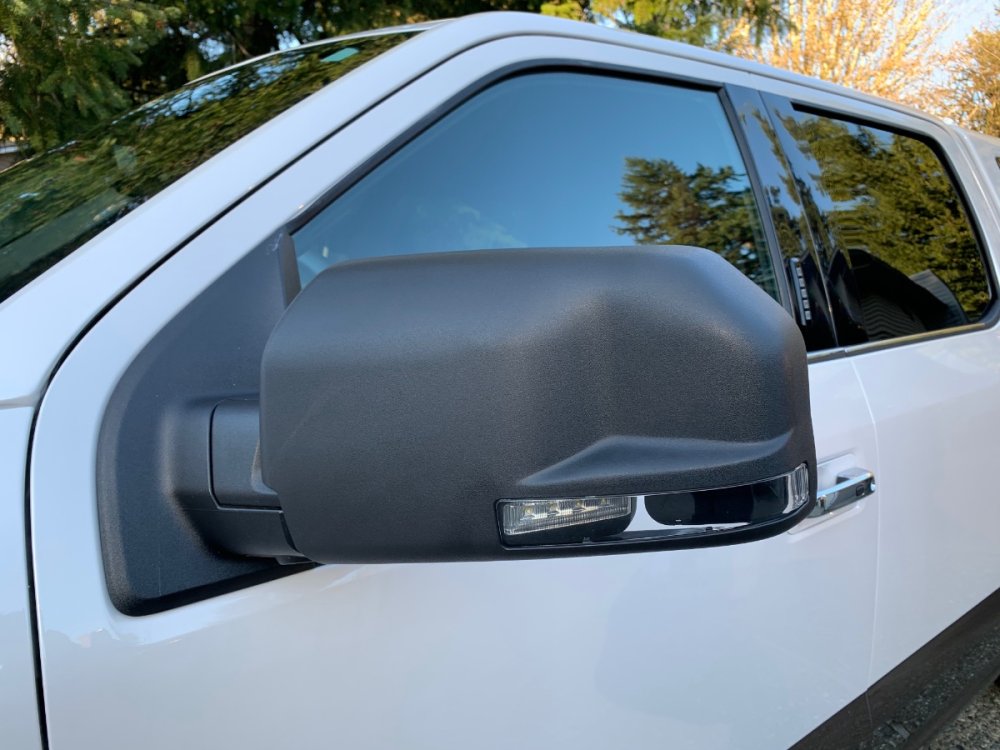
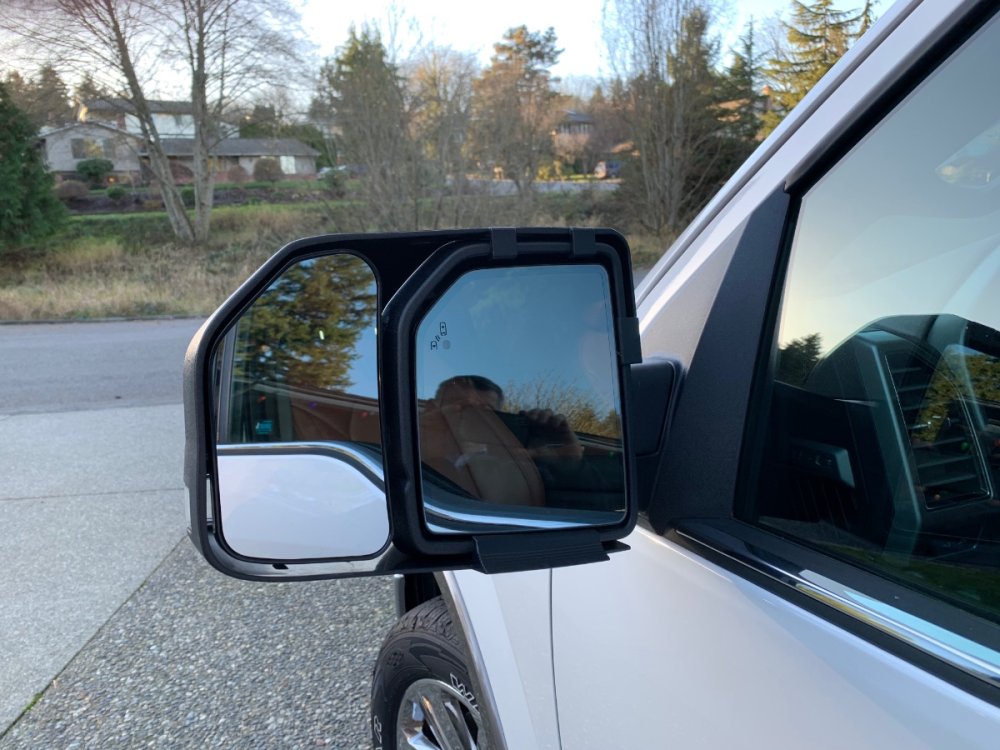

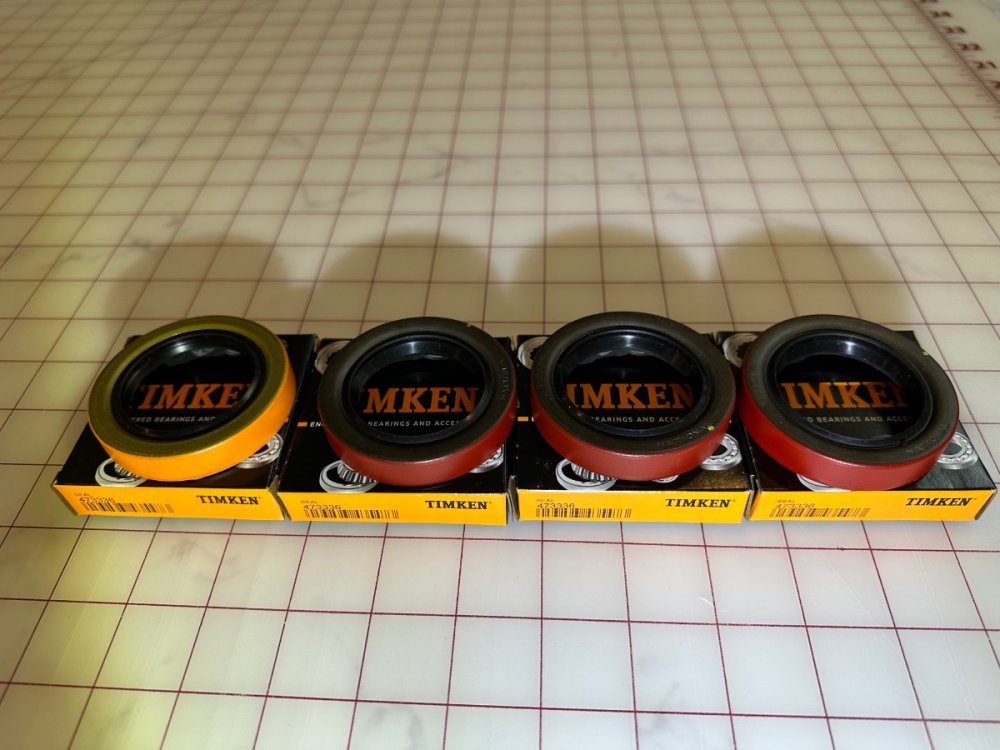


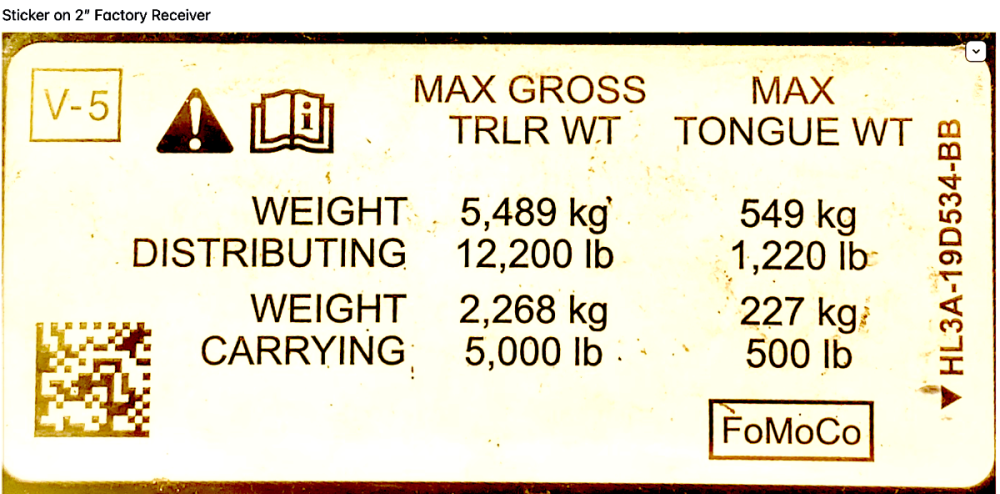
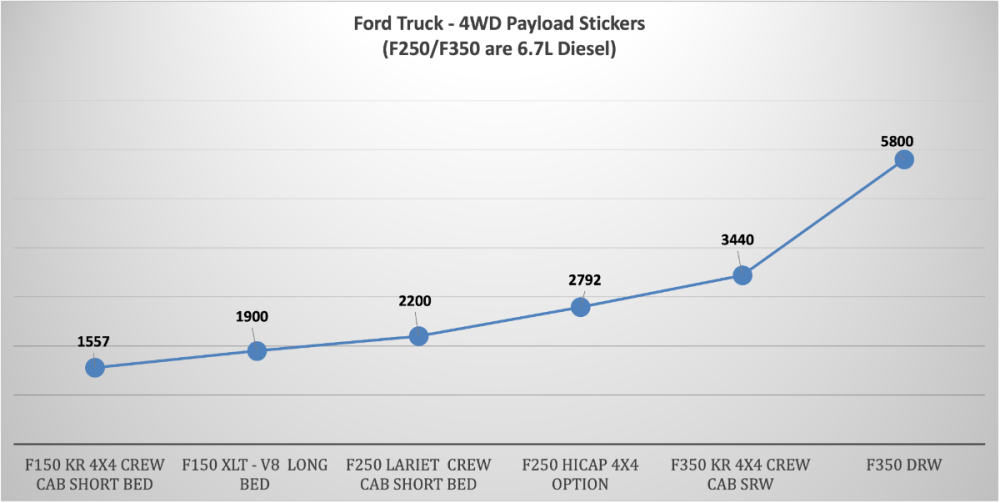
Delivery day advice
in Introduce Yourself
Posted
Welcome to the forum.
My wife and I retired a couple years back (she was a teacher too) and bought an Oliver.
We created a blog to help our family see various campgrounds, trip logs and provide tips for them and other Oliver owners.
Here’s the link to Galway Girls (Hull 505) Blog:
https://4-ever-hitched.com
At the top and bottom of the blog are links an Amazon "Oliver Outfitters Guide". That guide is a list that’s been made for great Oliver gear along with comments from Oliver owners that describe how it fits or works in and Oliver.
Oliver Outfitters Guide on Amazon
Craig & Rose
Hull 505 - Galway Girl